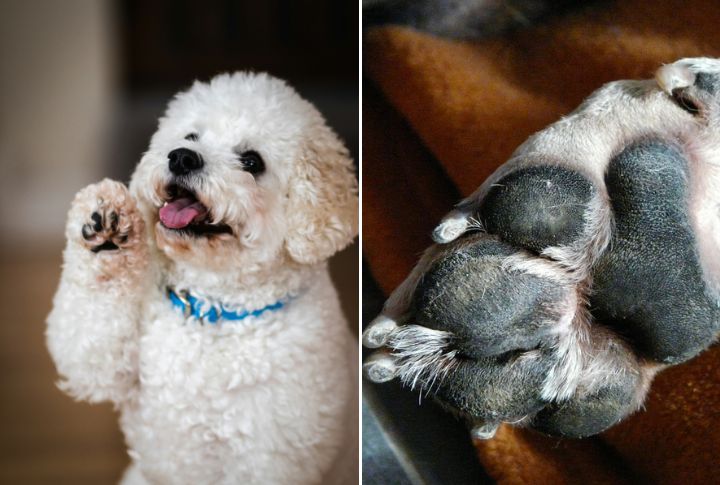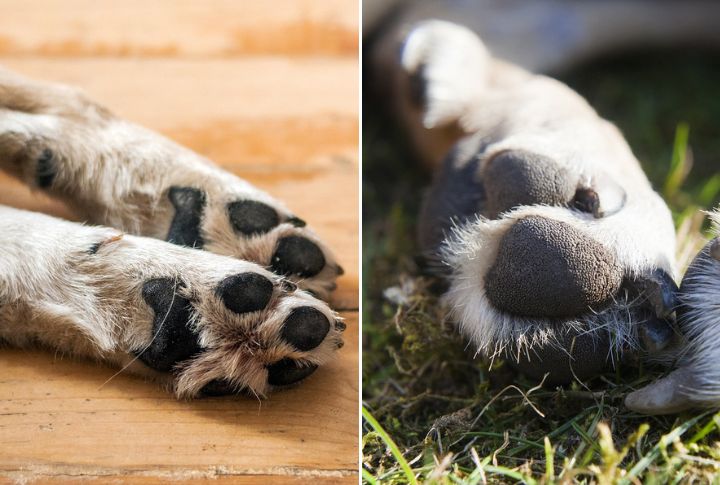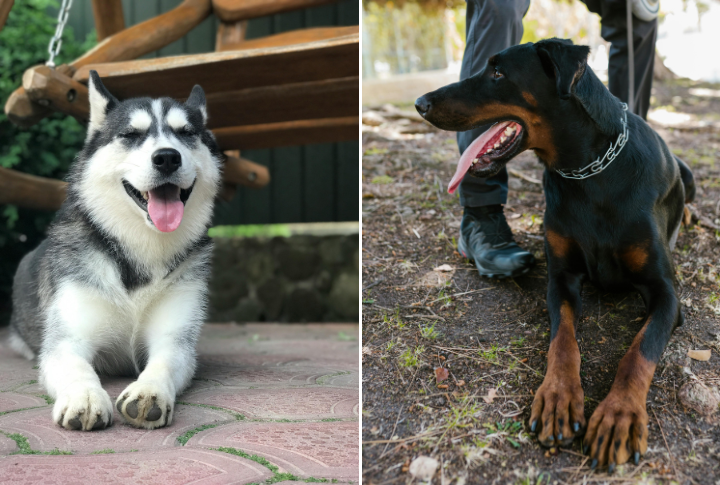10 Things Dog’s Paws Say About Their Personality

Dogs may not speak, but their paws reveal subtle clues about behavior. Recognizing these signals can deepen your bond and offer insights into behavioral tendencies. However, most of these claims remain anecdotal rather than scientifically proven, so observe with an open mind.
Paw Size Reflects Confidence Levels

Enormous paws are often seen in strong, sturdy dogs, while smaller paws belong to more agile breeds. However, paw size alone doesn’t determine personality traits like confidence or caution. Larger breeds typically have more enormous paws to support their weight, and different paw shapes serve specific functions.
Webbed Paws Indicate Water Affinity

Breeds with webbed feet, such as Labradors and Newfoundlands, excel in swimming and retrieving. This trait evolved for working in water, shaping their energetic and adventurous temperaments. While webbed feet often indicate a natural affinity for aquatic activities, individual dogs’ reactions to water can vary based on breed characteristics and personal experiences.
Paw Grooming Habits Signal Anxiety Levels

Excessive licking or chewing of paws often signals stress. Veterinary experts link this behavior to separation anxiety, allergies, or even obsessive-compulsive tendencies. When a dog continuously grooms its feet, environmental triggers or emotional distress are worth investigating.
Paw Pad Texture Reflects Activity Levels

The texture of a dog’s paw pads is closely tied to its activity level. Active dogs, like Border Collies, develop thick, durable pads from constant movement across rough terrains. In contrast, lapdogs, such as Pomeranians, have softer pads due to a more sedentary indoor lifestyle. Genetics and health also play a role.
Nail Length Reveals Energy And Routine

Short, worn-down nails indicate an active dog, whereas long, overgrown nails often suggest a sedentary lifestyle or nervous disposition. Since dogs that dig or run on rough surfaces naturally file their nails down, hesitant or inactive dogs typically require regular trimming to stay comfortable and healthy.
Paw Sensitivity Affects Temperament

Highly sensitive paws can make a dog more reactive, especially in unfamiliar situations. For example, some breeds, like Greyhounds, dislike having their feet touched and may pull away, reflecting heightened sensitivity. In contrast, dogs with less paw sensitivity, such as Huskies, tolerate rough terrains better and are generally more resilient in unpredictable environments.
Cold Or Warm Paws Reflect Emotional State

A dog’s paws can sometimes mirror its mood, with cold paws indicating stress due to reduced circulation from cortisol release. Warm paws often signal relaxation after playtime or cuddles. However, paw temperature alone doesn’t directly reflect a dog’s emotional state, as a more accurate assessment comes from observing behavior and other physiological factors.
Paw Shape Suggests Natural Abilities

Knowing your dog’s paw shape offers insights into their natural strengths and behavioral tendencies. Compact, round paws, seen in breeds like Akitas, provide stability and endurance, perfect for long-distance walking. Hare-like paws, longer and leaner, help breeds like Greyhounds reach high speeds.
Paw Spread Shows Adaptability To Environment

Dogs’ ability to spread their toes can indicate how well they adapt to different surfaces. Wide-spreading paws help breeds like Huskies grip snow, while compact paws in Dobermans provide speed on firm ground. If your dog constantly adjusts its stance, it may be highly adaptable and responsive to its surroundings.
Dominant Paw Reveals Behavioral Tendencies

Dogs, like humans, show paw preference. Research from IFL Science suggests left-pawed dogs are more prone to anxiety, while right-pawed ones are typically relaxed and social. However, paw preference alone doesn’t give the full picture—other factors like health and environment should also be considered.





